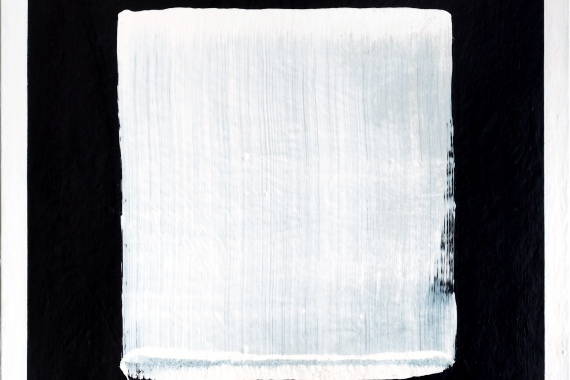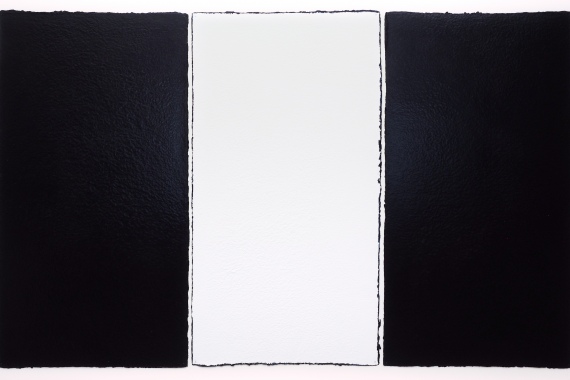Peter Adsett - Foul Play
In association with PAULNACHE
Tūranganui-a-Kiwa, Gisborne, Aotearoa New Zealand
Foul Play presents the most recent work of Peter Adsett – none of which has been previously exhibited. It continues Adsett’s investigation of abstraction, something he has been engrossed in for almost twenty-five years. He sees his art as a critique of modernist painting, a task that became further challenging when he confronted the art of Indigenous Australians – what many believe is the most powerful painting produced in this country today.
Brushwork is central to Foul Play a series Adsett painted during a month long stay in Mparntwe in September 2021. Working out of a garage with a view of the West McDonnell Ranges Adsett felt an imperative to respond, not only to place, but to the art of the desert. He would do this, as always, in the language of abstraction. Brushwork, is an entirely new departure for the painter, the series introduces red, and touches of yellow ochre into an otherwise exclusive palette of black and white.
Also included in Foul Play is Two Black Squares, a series of 11 paintings, each labelled “for” one of the Jirrawun painters whom Adsett knew during the 1990s. This encounter would lead to Adsett and Dirrji (Rusty Peters) engaging in conversations about their work, and agreeing to paint together. The outcome was 14 large-scale acrylic paintings, seven by each artist, titled Two Laws, One Big Spirit. This series, the only example of its kind to explore ‘two ways’ travelled widely around Australia and New Zealand.
While the third series, Scission, challenges the viewer in different ways. Scission I is a triptych in which two heavily textured black sheets bookend a third, which has turned its (unpainted) back to us. Black stained edges around white are the evidence. Scission II being a single, long black rectangle, the work is torn in two, the right side apparently released to the force of gravity. With the fall suspended in action, we gaze at not one, but two edges, neither of which can logically connect, in order to level the square. This is an address not just to the eyes, but to the body; we want to halt the fall and re-connect the edges; assert control sliced through the mid-line and falling to the floor is “executed”, literally and metaphorically.
 Araluen Arts Centre:
Araluen Arts Centre: 

